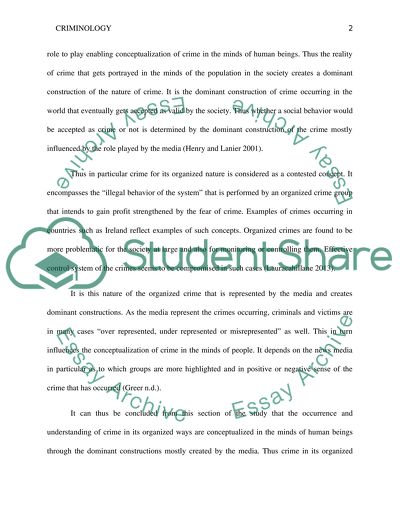Cite this document
(“Criminology. Crime A Contested Concept: The Nature of Crime Assignment”, n.d.)
Retrieved from https://studentshare.org/law/1489497-criminology-crime-a-contested-concept-the-nature-of-crime
Retrieved from https://studentshare.org/law/1489497-criminology-crime-a-contested-concept-the-nature-of-crime
(Criminology. Crime A Contested Concept: The Nature of Crime Assignment)
https://studentshare.org/law/1489497-criminology-crime-a-contested-concept-the-nature-of-crime.
https://studentshare.org/law/1489497-criminology-crime-a-contested-concept-the-nature-of-crime.
“Criminology. Crime A Contested Concept: The Nature of Crime Assignment”, n.d. https://studentshare.org/law/1489497-criminology-crime-a-contested-concept-the-nature-of-crime.


